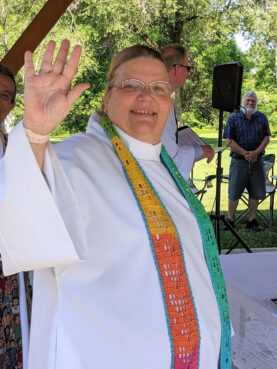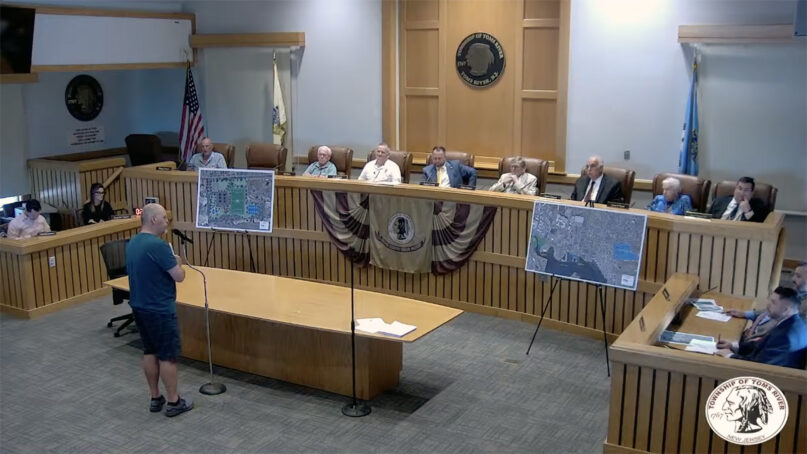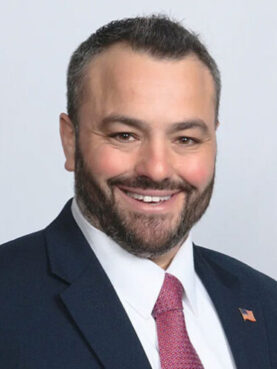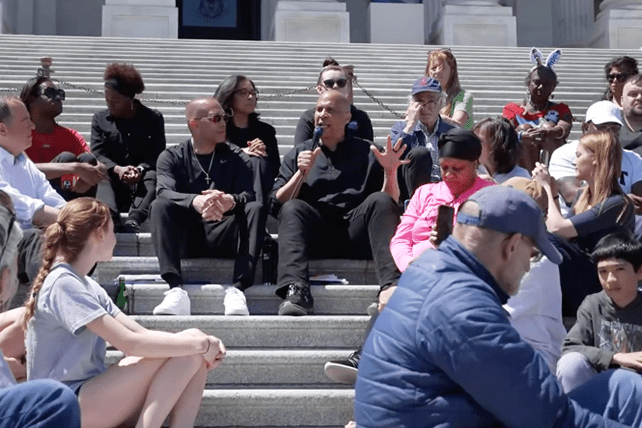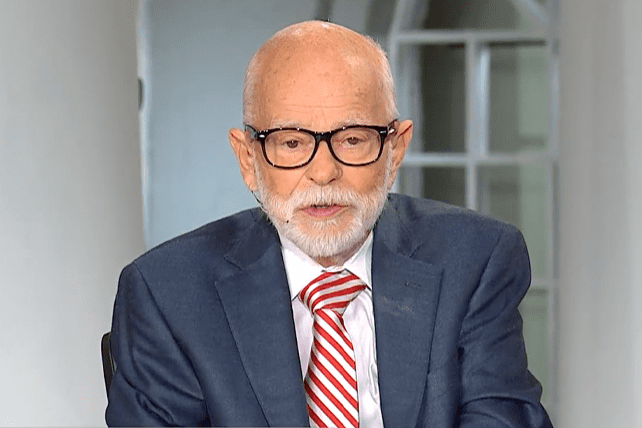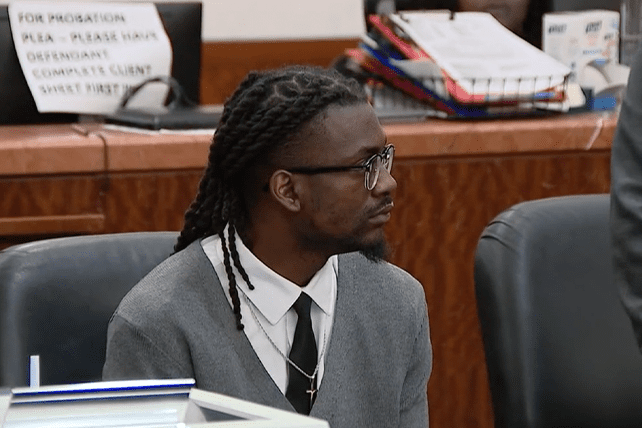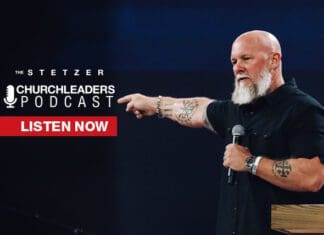Memorial Day is a day to honor the brave men and women who died while serving in the U.S. military. We’ve gathered a list of Memorial Day quotes, messages, sayings, greetings, captions, speeches, images, poetry, tributes, wishes, and thank you notes to recognize this important day. May we always remember the fallen heroes who have protected our country. Please share these Memorial Day quotes on your social media if you want to thank a soldier.
50 Best Memorial Day Quotes: Famous Sayings to Remember Our Heroes
1. “May we never forget freedom isn’t free.”—Unknown
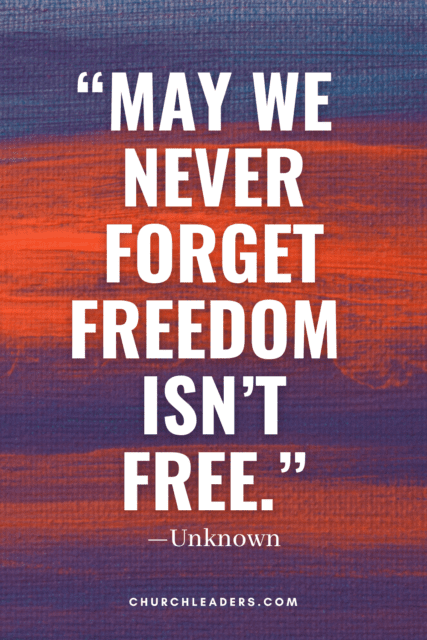
2. “Those who have long enjoyed such privileges as we enjoy forget in time that men have died to win them.” —President Franklin D. Roosevelt
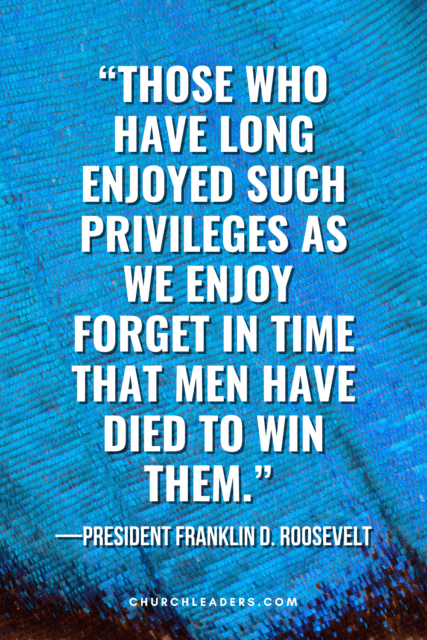
RELATED: Memorial Day Tribute Videos
3. “We don’t know them all but we owe them all.” —Unknown
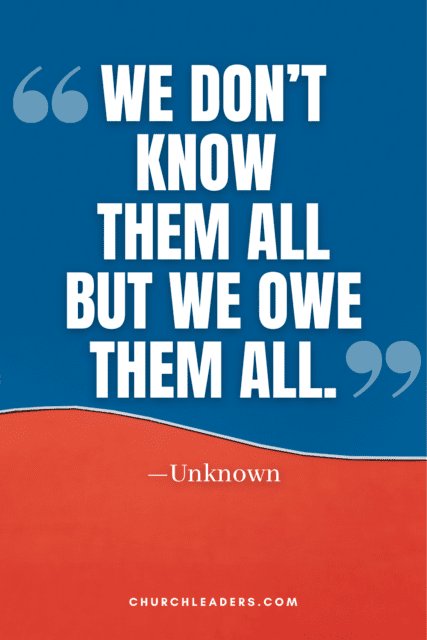
4. “There is nothing nobler than risking your life for your country.” —Nick Lampson, United States Representative
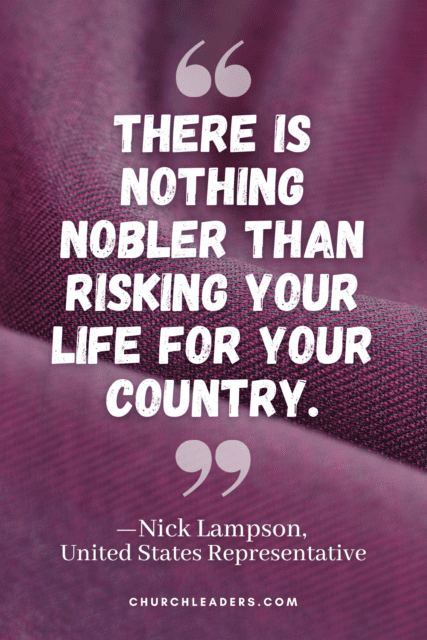
5. “Our flag does not fly because the wind moves it. It flies with the last breath of each soldier who died protecting it.”—Unknown

6. “It is foolish and wrong to mourn the men who died. Rather we should thank God such men lived.” —George S. Patton, United States Army General
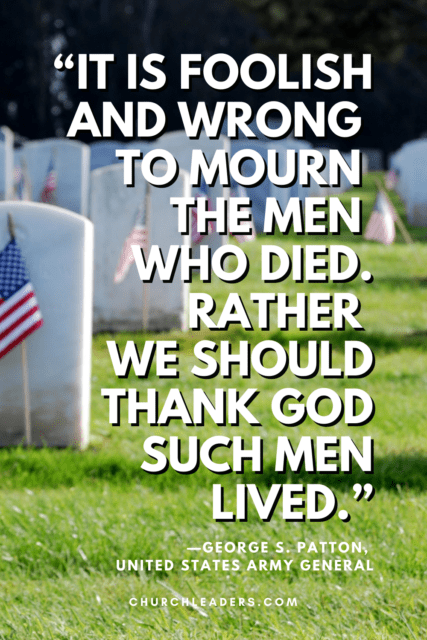
7. “Home of the free, because of the brave.” —Unknown

8. Greater love has no one than this, that he lay down his life for his friends. —John 15:13

9. “We are forever indebted to those who have given their lives that we might be free.” —President Ronald Reagan
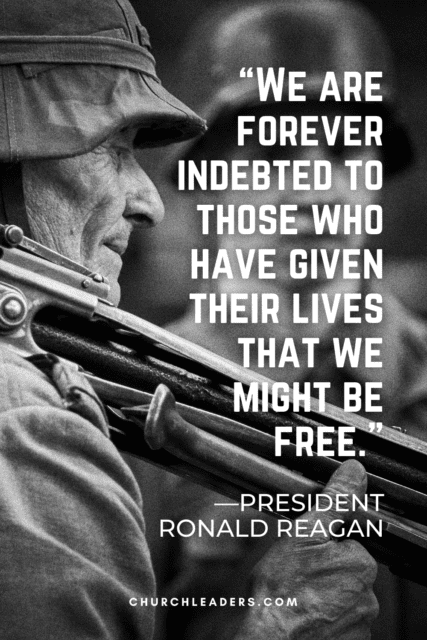
10. “Our debt to the heroic men and valiant women in the service of our country can never be repaid. They have earned our undying gratitude. America will never forget their sacrifices.” —President Harry S Truman

11. “Let every nation know, whether it wishes us well or ill, that we shall pay any price, bear any burden, meet any hardship, support any friend, oppose any foe to assure the survival and the success of liberty.” — President John. F. Kennedy
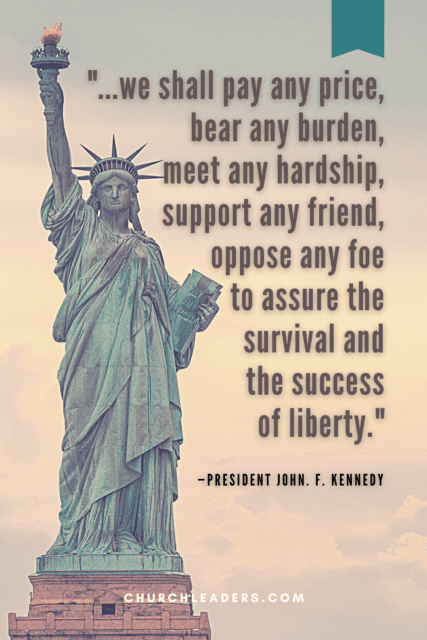
12. “And they who for their country die shall fill an honored grave, for glory lights the soldier’s tomb, and beauty weeps the brave.” —Drake, early American poet 
13. “As America celebrates Memorial Day, we pay tribute to those who have given their lives in our nation’s wars.” – John M. McHugh, United States Representative 
14. “Our nation owes a debt to its fallen heroes that we can never fully repay.” — President Barack Obama

15. “A hero is someone who has given his or her life to something bigger than oneself.” —Joseph Campbell, prolific American author

16. “Let their remembrance be as lasting as the land they honored.” —Daniel Webster, United States Secretary of State 
17. “The brave die never, though they sleep in the dust, their courage nerves a thousand living men.” —Minot J. Savage, American author
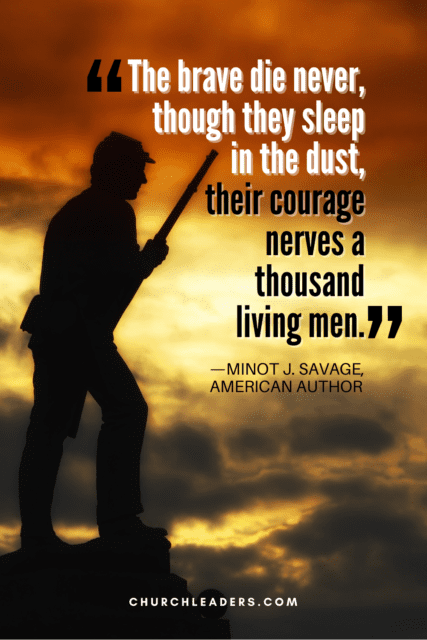
18. “The willingness of America’s veterans to sacrifice for our country has earned them our lasting gratitude.” —Jeff Miller, United States Representative 
19. “We do not know one promise these men made, one pledge they gave, one word they spoke; but we do know they summed up and perfected, by one supreme act, the highest virtues of men and citizens. For love of country they accepted death, and thus resolved all doubts, and made immortal their patriotism and their virtue.” —James A. Garfield
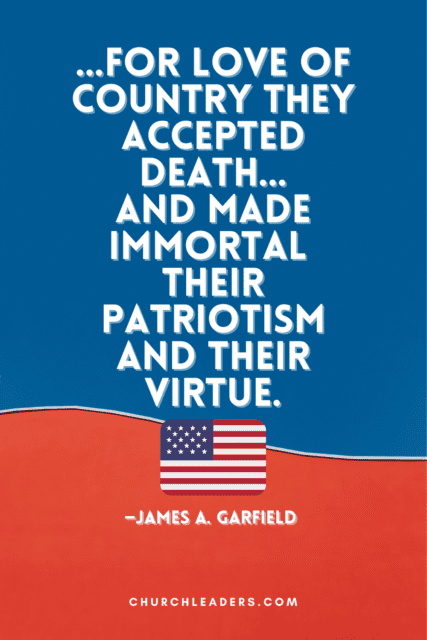
20. “On this day, take time to remember those who have fallen. But on every day after, do more; put the freedoms they died for to greater and nobler uses.” Richelle E. Goodrich, Author 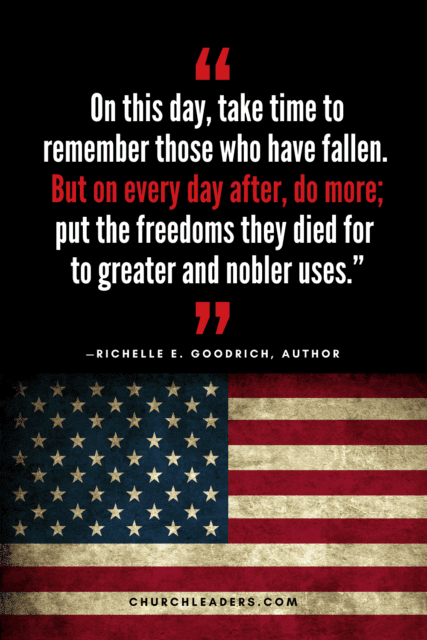
21. “Memorial Day isn’t just about honoring veterans, it’s honoring those who lost their lives. Veterans had the fortune of coming home. For us, that’s a reminder of when we come home we still have a responsibility to serve. It’s a continuation of service that honors our country and those who fell defending it.” —Pete Hegseth, former Army National Guard officer and former executive director of political advocacy groups Vets for Freedom and Concerned Veterans for America

22. “On Memorial Day, we pause in solemn gratitude to pay tribute to the brave patriots who laid down their lives defending peace and freedom while in military service to our great Nation. We set aside this day to honor their sacrifice and to remind all Americans of the tremendous price of our precious liberty.” —President Donald J. Trump, 2018 Presidential Proclamation
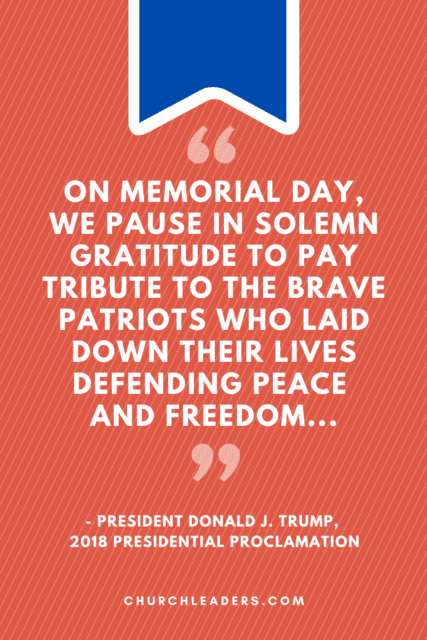
23. “It is, in a way, an odd thing to honor those who died in defense of our country, in defense of us, in wars far away. The imagination plays a trick. We see these soldiers in our mind as old and wise. We see them as something like the Founding Fathers, grave and gray haired….But most of them were boys when they died, and they gave up two lives — the one they were living and the one they would have lived. When they died, they gave up their chance to be husbands and fathers and grandfathers. They gave up their chance to be revered old men. They gave up everything for our country, for us. And all we can do is remember.” —President Ronald Reagan (Ronald Reagan’s Veteran’s Day speech)

24. “Courage is contagious. When a brave man takes a stand, the spines of others are often stiffened.” —Billy Graham
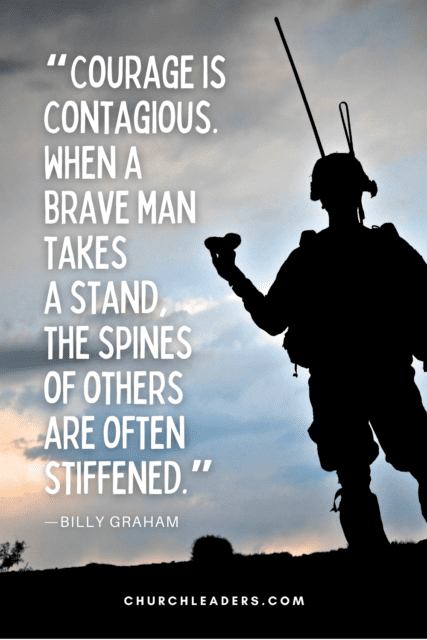
25. “Here men endured that a nation might live.”—Herbert Hoover
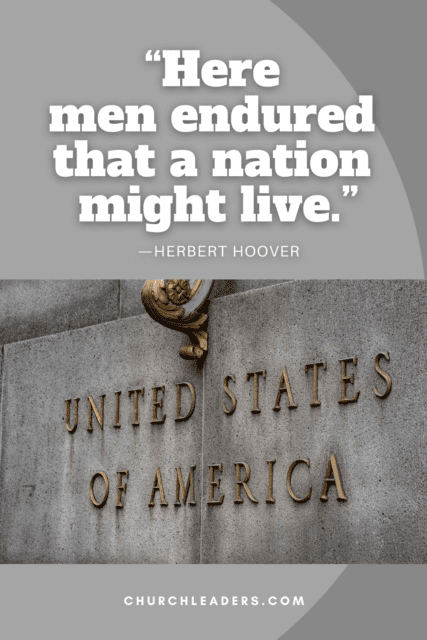


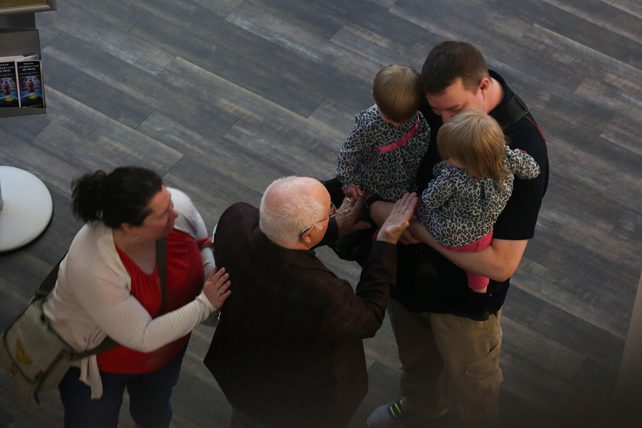




























 The NIRD principle of Multiplication emphasizes the critical role of discipleship in not just growing individuals but also expanding the reach and impact of the church’s ministry through a replicative process. This principle aligns closely with the biblical mandate known as the Great Commission, where Jesus commands his followers to “go and make disciples of all nations” (
The NIRD principle of Multiplication emphasizes the critical role of discipleship in not just growing individuals but also expanding the reach and impact of the church’s ministry through a replicative process. This principle aligns closely with the biblical mandate known as the Great Commission, where Jesus commands his followers to “go and make disciples of all nations” (
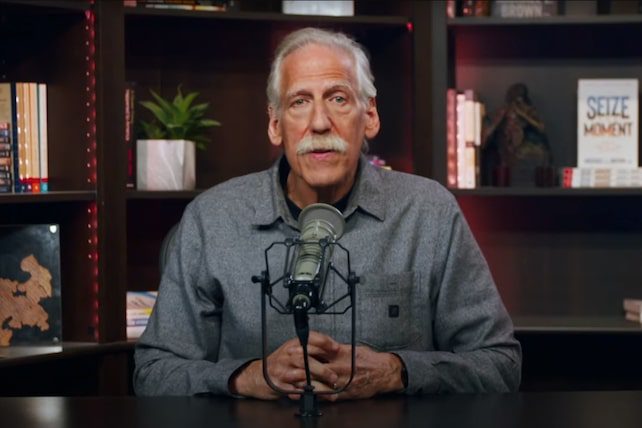
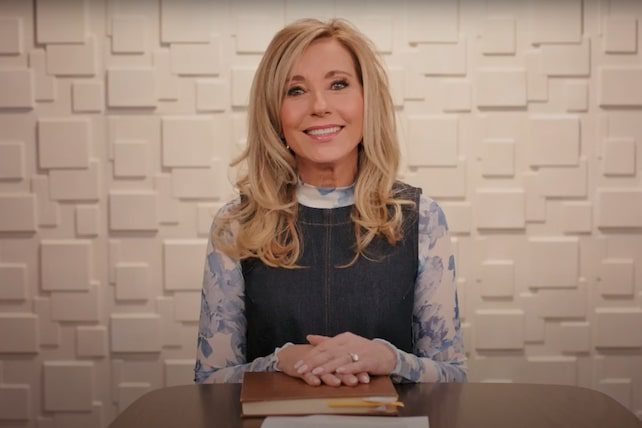
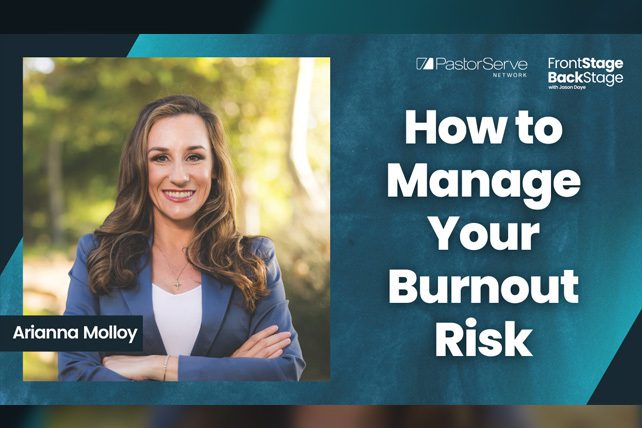
 What exactly is the dark side to your ministry calling, and how does it relate to burnout? In this week’s conversation on FrontStage BackStage, host Jason Daye is joined by Dr. Arianna Molloy. Arianna is a professor of organizational communication at Biola University. Her newest book is titled “Healthy Calling.” Together, Arianna and Jason explore some of the toxic burnout risks associated with our calling into ministry. Arianna also shares some examples of and insights into how we can recalibrate our calling so we can serve in healthy and meaningful ways.
What exactly is the dark side to your ministry calling, and how does it relate to burnout? In this week’s conversation on FrontStage BackStage, host Jason Daye is joined by Dr. Arianna Molloy. Arianna is a professor of organizational communication at Biola University. Her newest book is titled “Healthy Calling.” Together, Arianna and Jason explore some of the toxic burnout risks associated with our calling into ministry. Arianna also shares some examples of and insights into how we can recalibrate our calling so we can serve in healthy and meaningful ways.



